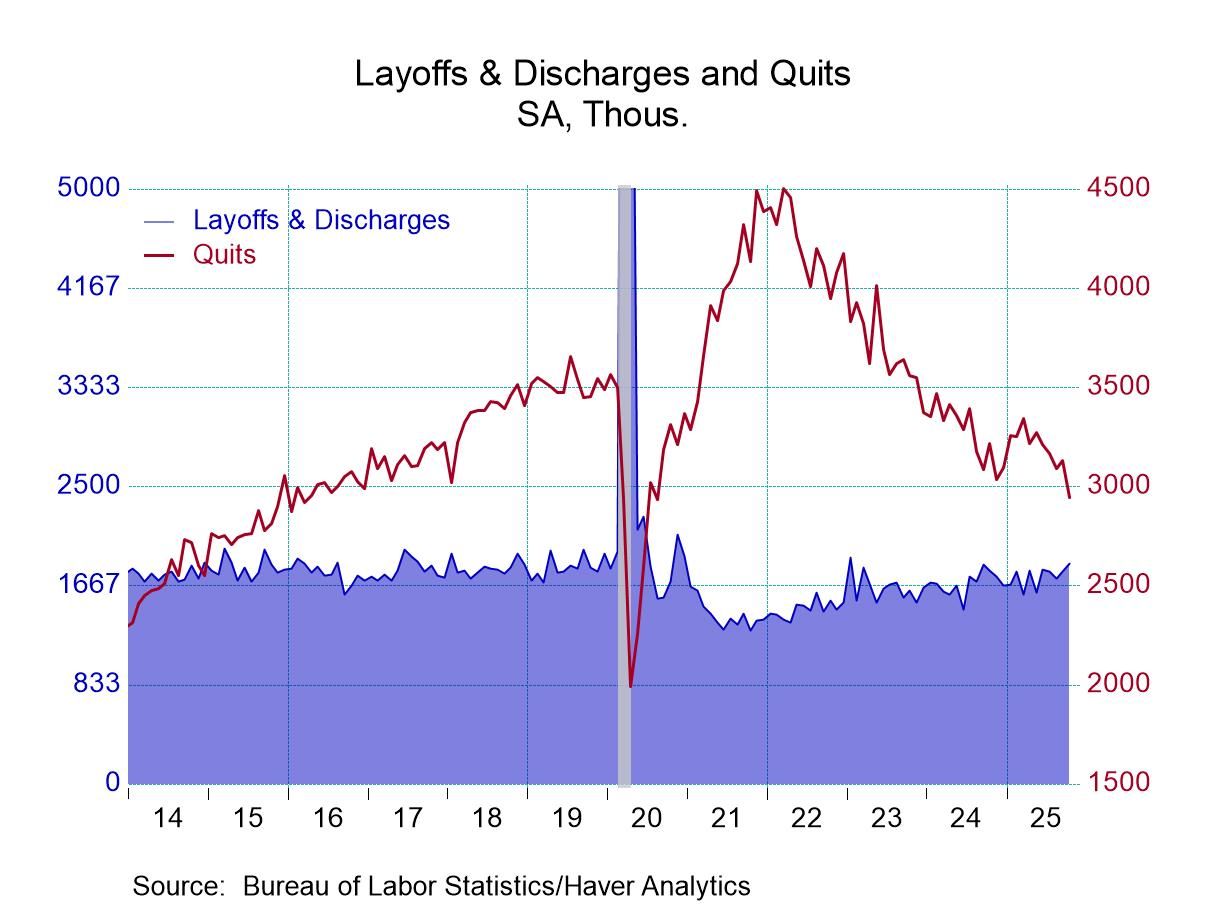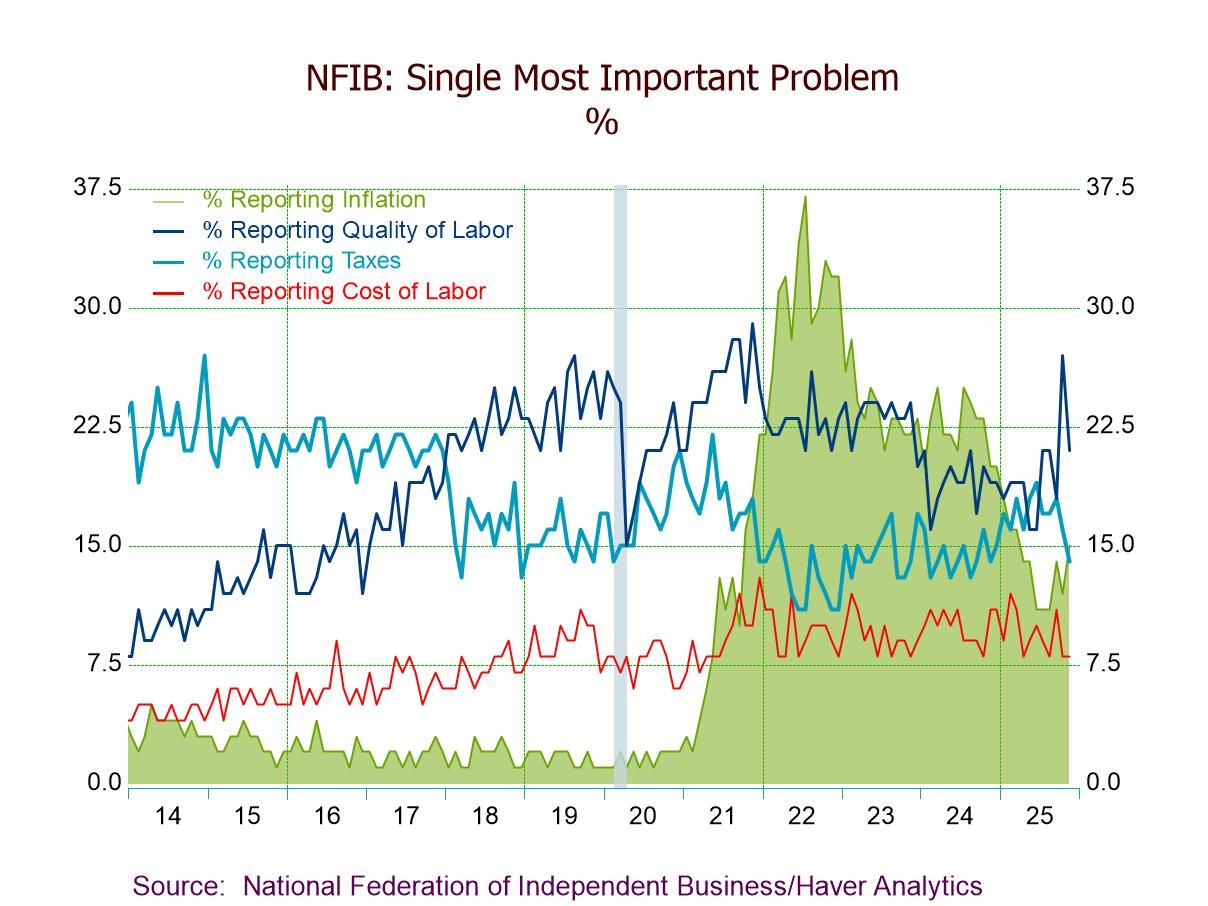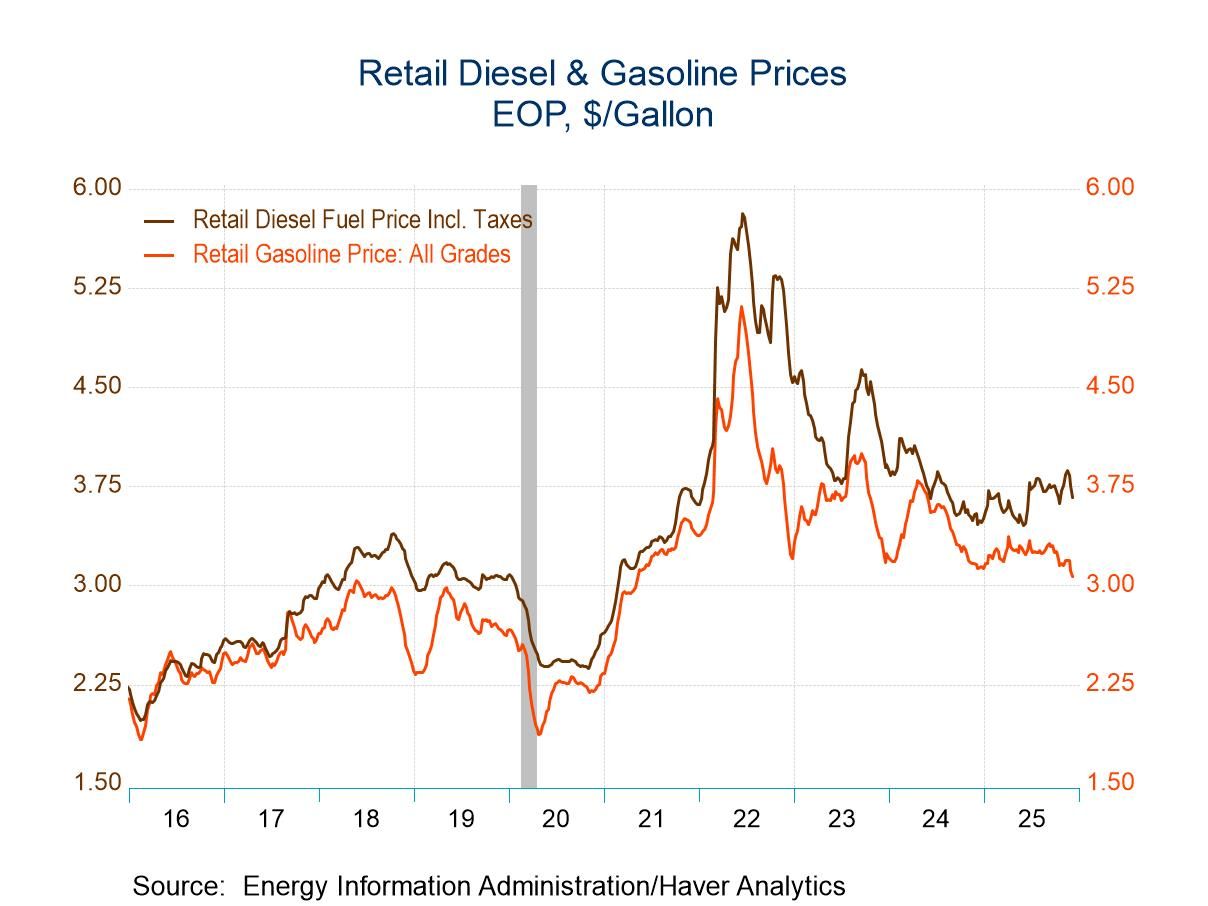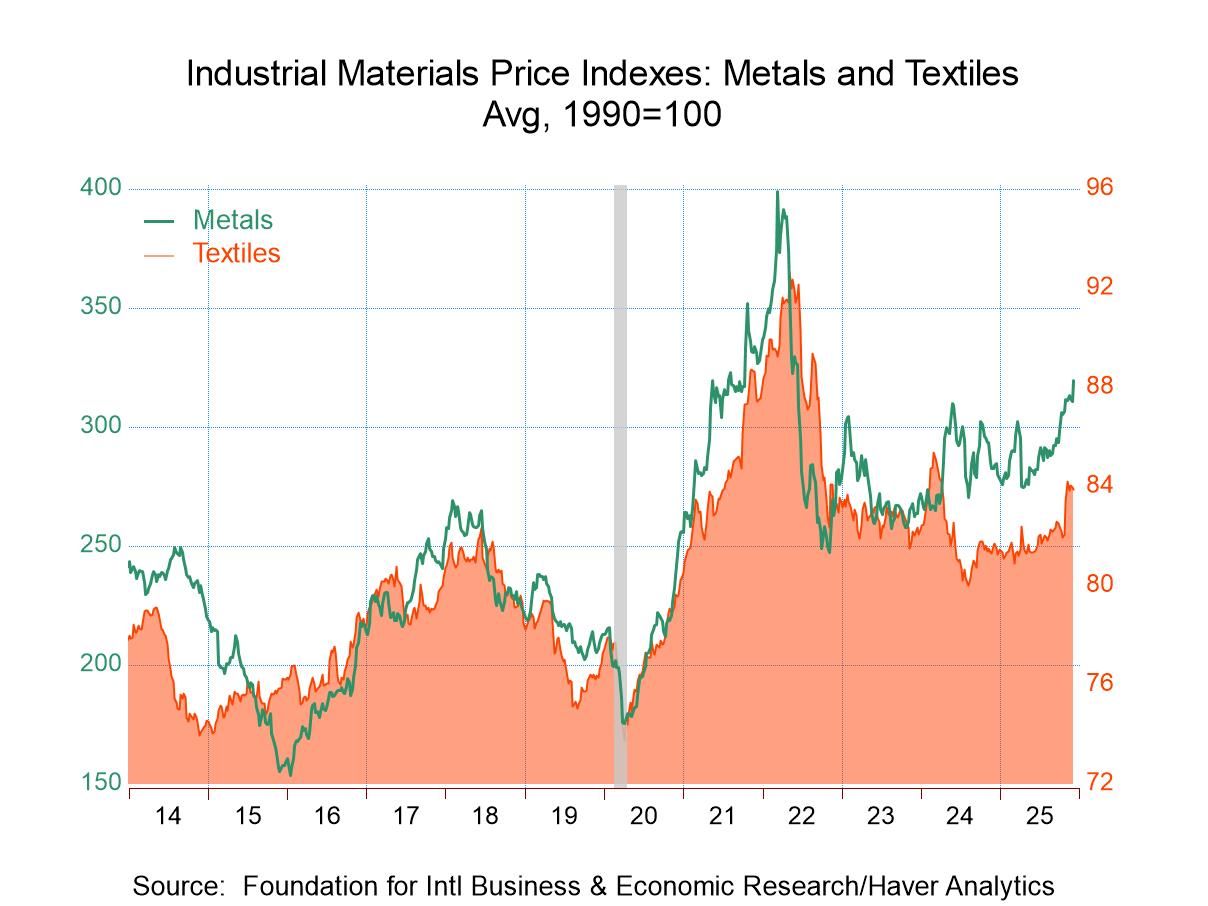 Global| Aug 19 2014
Global| Aug 19 2014UK PPI Gain Is Weaker Than Expected
Summary
UK factory prices rose less than expected, gaining 0.2% in July after falling 0.2% in June. Over three months, these prices are falling at a 0.6% annual rate. Over six months, they are rising at a 0.6% annual rate. Over 12 months, [...]
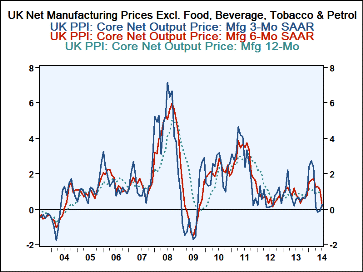 UK factory prices rose less than expected, gaining 0.2% in July after falling 0.2% in June. Over three months, these prices are falling at a 0.6% annual rate. Over six months, they are rising at a 0.6% annual rate. Over 12 months, they are rising at a 1.4% annual rate.
UK factory prices rose less than expected, gaining 0.2% in July after falling 0.2% in June. Over three months, these prices are falling at a 0.6% annual rate. Over six months, they are rising at a 0.6% annual rate. Over 12 months, they are rising at a 1.4% annual rate.
PPI prices are in a secular decline. The same is true of core prices which are rising at a 0.8% pace over 12 months, a 0.6% pace over six months and a 0.1% pace over three months. Core prices rose by 0.1% in July after being flat in both May and June. Moreover, output prices are historically weak.
In addition to slowing PPI prices, the UK recently reported slowing down in the pace of house prices. The Bank of England has been concerned about the potential for a bubble in the housing market so that a slowing in housing prices is good news to the central bank.
The trend of slowing price increases has been aided by weakening energy prices. The price of Brent crude rose 7.9% in July after a 13.6% decline in June and an 8.2% decline in May. The progression of growth rates of Brent crude show a substantial deceleration over the last 12 months. The 12-month growth rate is -12%. The six-month annualized change is -13.4%. The three-month annualized change is -46%. Clearly, dropping energy prices have helped to put downward pressure on overall inflation.
Of course, the CPI inflation rate or HICP inflation rate is more important. In June, it fell by 0.1% and its pace is rock-steady at 1.6% over three months, six months and 12 months. The core rate for the HICP is a running a little bit higher. Conversely, the RPIx, the UK's own domestic measure (`x' meaning excluding mortgage payments), has been showing some acceleration moving up to 3.5% at an annual rate over three months compared to 2.6% over 12 months.
Gauging inflation is always tricky. Different price indices almost always show you different results. But there are reasons for these differences. Producer prices tend to be volatile and either underweight or ignore the services sector. The HICP is a price index put together so that all members of the European Monetary Union can gauge inflation by the same metric, but because they couldn't agree on how to enter mortgage costs, housing costs are omitted from the index. The RPIx, which also excludes mortgage costs, is still rising faster than the HICP.
On balance, UK inflation appears to be relatively subdued. The PPI shows withering pressure; the RPI and RPIx show accelerating pressure, but that pressure exists mostly in the period covering the last three months. HICP inflation is steady and HICP inflation measured using the lagged core measure is relatively steady but higher.
At the end of the day, the UK economy is importantly linked into the European economy. The European economy is showing irregular growth and inflation stuck below the European Central Bank's target. Even in the US, another important trading partner of the UK, inflation remains subdued. Inflation measures will oscillate month-to-month as special factors can cause price indices to bulge. The cooling-off of housing prices while still quite new is another vote for tempered inflation in the UK. The UK's own price trends plus its environment are a strong vote for inflation being stable. That still seems to be the odds on bet.

Robert Brusca
AuthorMore in Author Profile »Robert A. Brusca is Chief Economist of Fact and Opinion Economics, a consulting firm he founded in Manhattan. He has been an economist on Wall Street for over 25 years. He has visited central banking and large institutional clients in over 30 countries in his career as an economist. Mr. Brusca was a Divisional Research Chief at the Federal Reserve Bank of NY (Chief of the International Financial markets Division), a Fed Watcher at Irving Trust and Chief Economist at Nikko Securities International. He is widely quoted and appears in various media. Mr. Brusca holds an MA and Ph.D. in economics from Michigan State University and a BA in Economics from the University of Michigan. His research pursues his strong interests in non aligned policy economics as well as international economics. FAO Economics’ research targets investors to assist them in making better investment decisions in stocks, bonds and in a variety of international assets. The company does not manage money and has no conflicts in giving economic advice.



